 CDA Wood is the brainchild of Chris Bartimioli (pictured right), a snowboarder turned contractor turned building product manufacturer. From a literal dream to a conversation to an epiphany, CDA Wood represents the culmination of Bartimioli’s ultimate intention to create a clean, natural, hard-to-source product (ie, rustic wood) and make it readily available to contractors around the nation.
CDA Wood is the brainchild of Chris Bartimioli (pictured right), a snowboarder turned contractor turned building product manufacturer. From a literal dream to a conversation to an epiphany, CDA Wood represents the culmination of Bartimioli’s ultimate intention to create a clean, natural, hard-to-source product (ie, rustic wood) and make it readily available to contractors around the nation.
We recently caught up with CDA Wood President Chris Bartimioli to learn more about his product and patented Xcelerate process, which Bartimioli says can safely age wood 10 years in one minute.
Custom Builder (CB): Why don't you tell me a little bit about when and how did CDA Wood get started?
Chris Bartimioli (Chris B): Prior to CDA Wood, I was a general contractor based out of West Hollywood, California. We did well. We did restoration on everything from flagship stores to celebrity homes. We built 80 restaurants in and around Los Angeles. We did work for Giovanni Rabiesi, Jason Statham, and Katy Perry. We did the Soho House in LA. A lot of stuff.
CB: How did you get started with that type of work?
Chris B: I grew up around construction, and I was a professional athlete prior to starting my construction company. I was a snowboarder, and I had connections with a few celebrities. It was kind of ideal.
CB: So how does that transition into CDA Wood?
Chris B: In 2013, I moved back to Coeur d'Alene with my family. I would travel between Coeur, d'Alene Idaho and Southern California for work. At that time, I was building a couple spec homes here in Coeur d'Alene and we wanted to use reclaimed wood, but finding it was a huge problem. We would have problems sourcing truly reclaimed wood. It was hard to find. It was very labor intensive. That’s when the whole concept and idea really started.
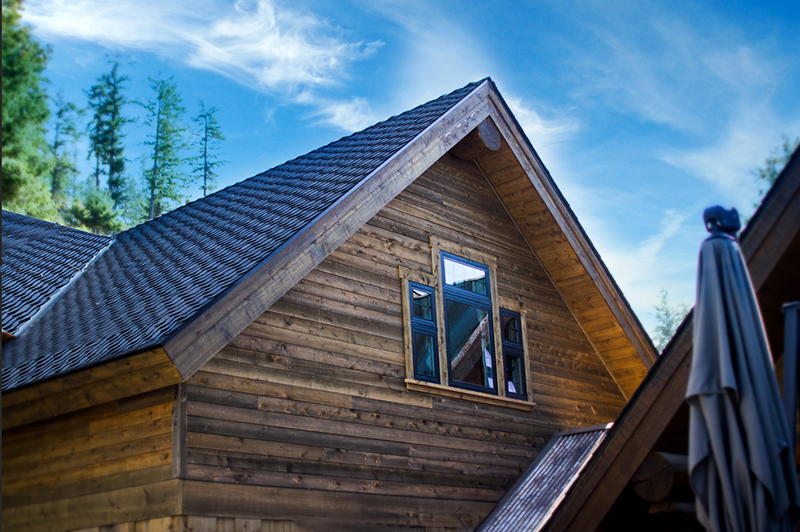

Bartimioli is partial to using cedar woods for exterior applications, because of their exceptional, multi-hundred-year rot resistance.
CB: Describe moving CDA Wood from a concept to reality?
Chris B: It started with an actual dream, as weird as that sounds, which led to a conversation with my project manager, who happened to hold a PhD in biochemistry, about weather, its impact on materials, and how that may be authentically recreated in a controlled environment. So I said, ‘cool,’ and got to work.
I started on my farm here in Idaho. I started exposing wood materials to nature. I was scraping bark and soaking it in water and exposing it to things that I thought might decay or age the wood. It occurred to me at one point as I was laying out in my field that while I could get a tan staying out in the sun for an hour, I could also get the same tan at a tanning salon in 10 minutes. The basic thought was: how can you accelerate that natural aging process? So I literally tried tanning booths and it worked. I was the whitest guy in town with a subscription to four tanning salons.
CB: And that developed into your Xcelerated process?
Chris B: Tanning beds use UV-A and UV-B light, but ultimately decided that using UV-C was the best route. I built my first prototype and from there applied for a patent. In six months and with no rejections from the USPTO, we had our patent. That was the real birth of Coeur d’Alene (CDA) Wood. We started in my barn, a 4,000-square-foot shop. Then moved to an 11,000-square-foot space as business picked up. Now we manufacture in a 40,000-square-foot space.
CB: Is the process simply a matter of aging wood in UV-C light?
Chris B: The whole concept was colonization, mineralization, dehydration, and light. You also have water solutions, wind from our air knives, and more. We’ve created accelerated aging. A minute through our process will effectively age wood by about 10 years. And not only can we age/weather wood, we’ve also developed the ability to color the wood without the use of paints, stains, or dyes. We do it the way Mother Nature colors flowers, with photochemistry.
CB: Does this process impact the wood’s performance?
Chris B: A tagline of ours is, ‘Look of reclaimed, strength of new.’ Our process only penetrates the top eighth inch of the wood’s surface, and so maintains the structural integrity of new wood.
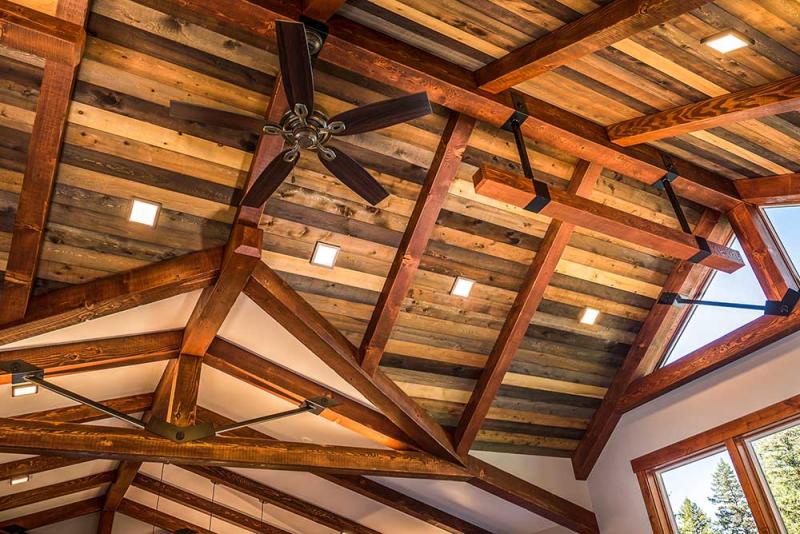
CDA Wood is able to produce hundreds of color variets without using any paints, stains, or dyes.
CB: And how many colors are you able to produce?
Chris B: Hundreds of colors. We can do so many variations of certain dominant colors that are predominant in nature. We’ve done everything from barnwoods to reds, to whitewash.
CB: I know CDA Wood prides itself on sustainability. Talk about that.
Chris B: It’s a big thing for us to be VOC-free and a zero-waste generator. That’s a huge part of the culture here. We’re people before profit. We pay for 100% of the benefits for our employees. And we try to produce everything under one roof, so we can better control the quality of the product.
CB: Do you source any specific type of wood for use in your process? Do different woods achieve different effects?
Chris B: That's a great question. We predominantly use pine, of which there are obviously a lot of varieties. We use Ponderosa pine, white pine, Norwegian pine, and red pine, to name a few. We essentially use all of the pine species, and we use spruces as well for interior applications. For exterior applications, we've used western red cedars and we love Alaska and yellow cedar because of the lighter color and the rot resistance. It's easier to manipulate the colors on that versus starting with, say, a darker substrate and really having to reverse engineer it to all.
But the process works with all varieties of lumber—oaks, walnuts, just go down the list.
CB: Have you conducted post-treatment performance tests? Is there maintenance homeowners will have do?
Chris B: Yeah, we’ve done lots of field testing, and tests with Berkeley Analytical and Stone Environmental to prove our VOC-free claims. We’ve done hundreds and hundreds of residential places all over, from Alaska to the East Coast. And a lot of these woods are resistant to rot for hundreds of years. Yellow and Alaska Cedar will not rot in our lifetimes. So maybe your great great grandkids will have to replace a few boards here and there, but that’s about it.
CB: Do you take custom orders? Or make specialty products?
Chris B: Yeah, we do all kinds of custom jobs: different colors, beams, mantles, siding trim packages. We also have a whole barn door line—barn door in a box.
CB: As my final question, what is the ideal plan moving forward?
Chris B: There would be two plants: one on the East Coast and one on the West Coast. We’d also go back into two-step distribution on the custom side, which didn’t initially work out when we tried it during the pandemic. And then possibly having, say, a Midwest distribution center, where we can quickly ship product, especially the custom stuff. My goal when we started this business was to be able to next-day ship product to the contractor who's one board short.

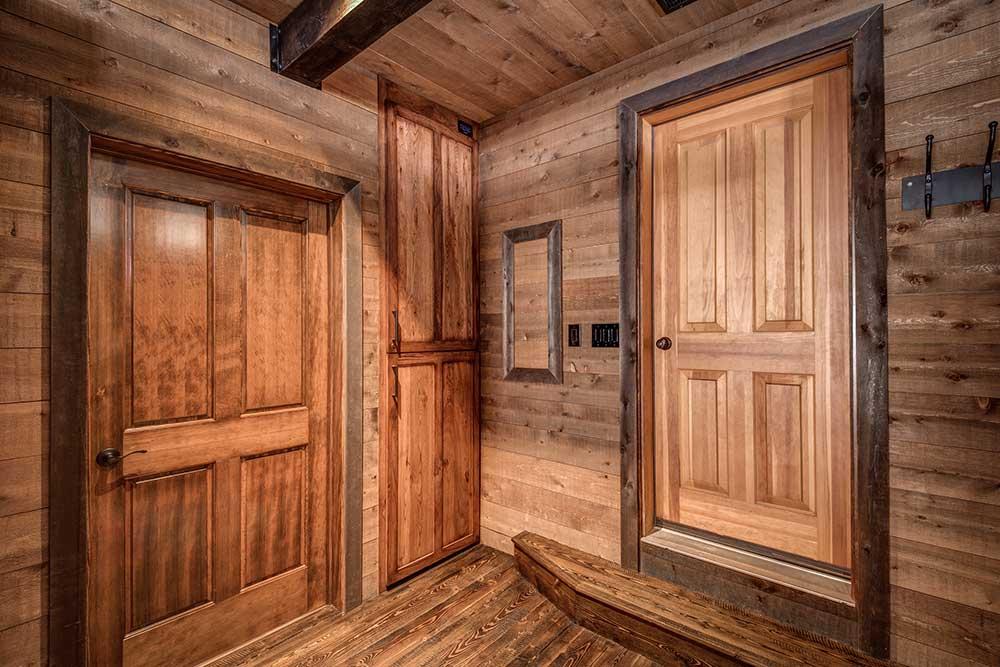
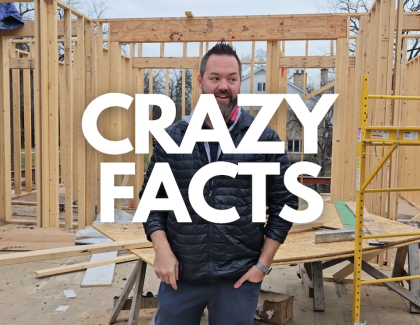
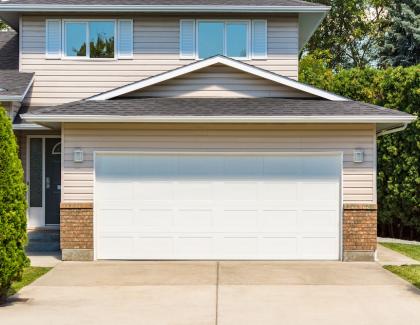
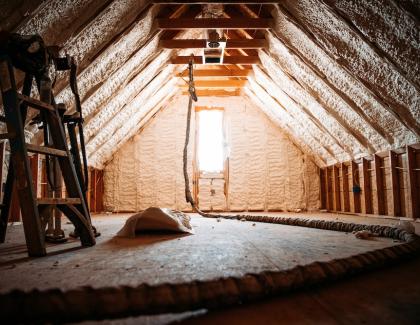
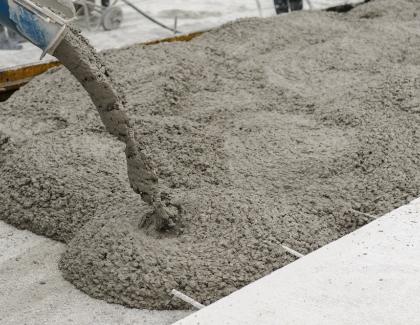

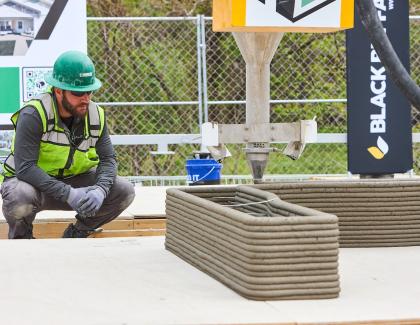
Add new comment